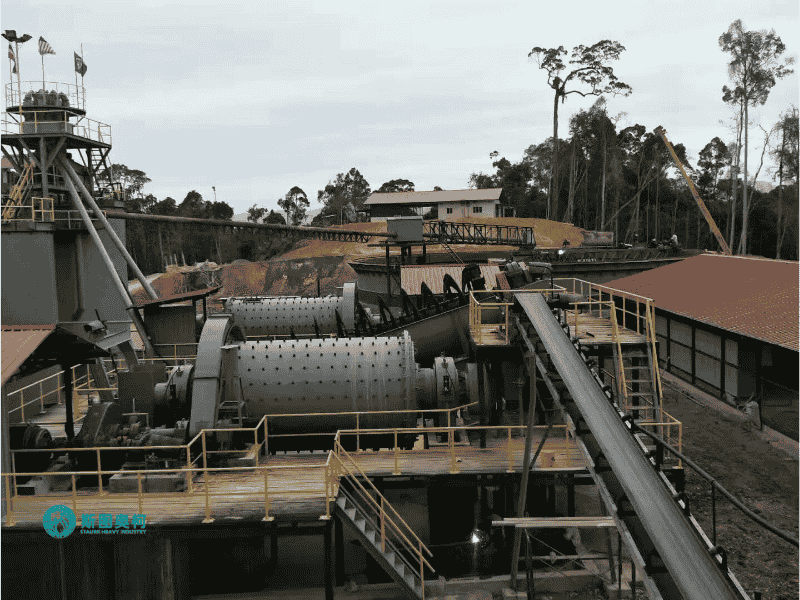Selecting the right ball mill begins with understanding the material properties and grinding requirements.
The hardness, abrasiveness, and desired fineness of the feed material dictate the choice of mill type and lining. For soft to medium-hard materials like limestone or cement clinker, standard ball mills with steel liners may suffice, while highly abrasive ores like quartz or iron may require rubber or ceramic-lined mills to reduce wear. The required particle size distribution also influences decisions about mill length-to-diameter ratios and grinding media selection.
Production capacity and process efficiency are fundamental considerations.
The required throughput determines whether a small batch mill or large continuous operation is needed. Energy consumption becomes critical for high-volume operations, making advanced drive systems and optimized grinding media loading essential. Closed-circuit systems with air classifiers or hydrocyclones may be necessary for precise particle size control, while open-circuit mills suit simpler applications. The balance between grinding efficiency and operational costs must be carefully evaluated.

Maintenance requirements and operational reliability significantly impact long-term performance.
Mills with easy-access designs for liner and media replacement reduce downtime, while automated lubrication systems extend bearing life. The choice between trunnion-bearing and slide-shoe supported mills affects both maintenance complexity and operational stability. Factors like vibration levels, noise emissions, and heat generation should align with plant working conditions and safety standards.
Site-specific constraints and future scalability complete the selection picture.
Available floor space may dictate horizontal or vertical mill orientation, while power supply limitations influence motor selection. Environmental regulations might require dust collection systems or special containment features. Potential future capacity expansions should be considered in initial design choices, with modular systems offering flexibility. Consulting with manufacturers for site-specific testing and simulations can optimize the final selection for both current needs and future growth potential.
To sum up, we need to choose a ball mill based on the hardness, particle size, abrasion resistance, and required product fineness of the material. If you have any questions about how to choose what type and model of ball mill, Staurk Machinery can help you.




